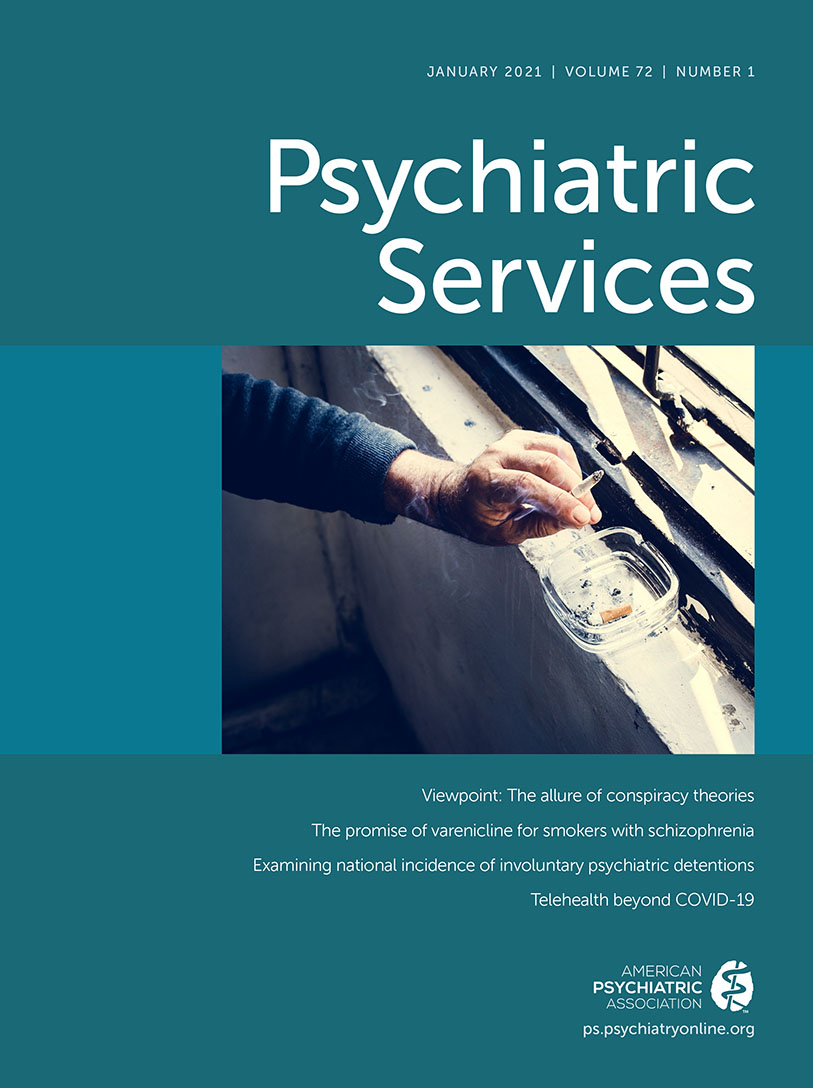Lagniappes: “A Little Something Extra” or Unintended Positive Consequences of Implementation Facilitation
Abstract
Objective:
Implementation facilitation is an effective strategy that increases uptake of behavioral health interventions. Facilitation is grounded in partnerships with leadership and clinical stakeholders. Researchers have documented some negative consequences of facilitation—time, financial, and opportunity costs. Clinical leaders often agree to facilitation with the promise of increased implementation of an intervention. This study examined whether unintended positive consequences of facilitation might offset known costs.
Methods:
This study was part of a stepped-wedge, hybrid type 2, pragmatic trial that used implementation facilitation to implement primary care mental health integration (PCMHI) via telehealth technology in six satellite Veterans Health Administration (VHA) clinics. Two facilitators provided facilitation for at least 6 months. This study included a focused analysis of an emerging phenomenon captured through weekly debriefing interviews with facilitators: unintended positive consequences of implementation facilitation, termed “lagniappes” here. A rapid content analysis was conducted to identify and categorize these consequences.
Results:
The authors documented unintended positive consequences of the facilitation across the six VHA sites and categorized them into three clinically relevant domains: supporting PCMHI outreach at other clinics not in the original catchment area (e.g., providing tools to other sites), strengthening patient access (e.g., resolving unnecessary patient travel), and improving or modifying work processes (e.g., clarifying suicide assessment protocols). The positive consequences benefited sites and strengthened ongoing partnerships.
Conclusions:
Documenting unintended positive consequences of implementation facilitation may increase leadership engagement. Facilitators should consider leveraging unintended positive consequences as advantages for the site that may add efficiency to facility processes and workflows.



